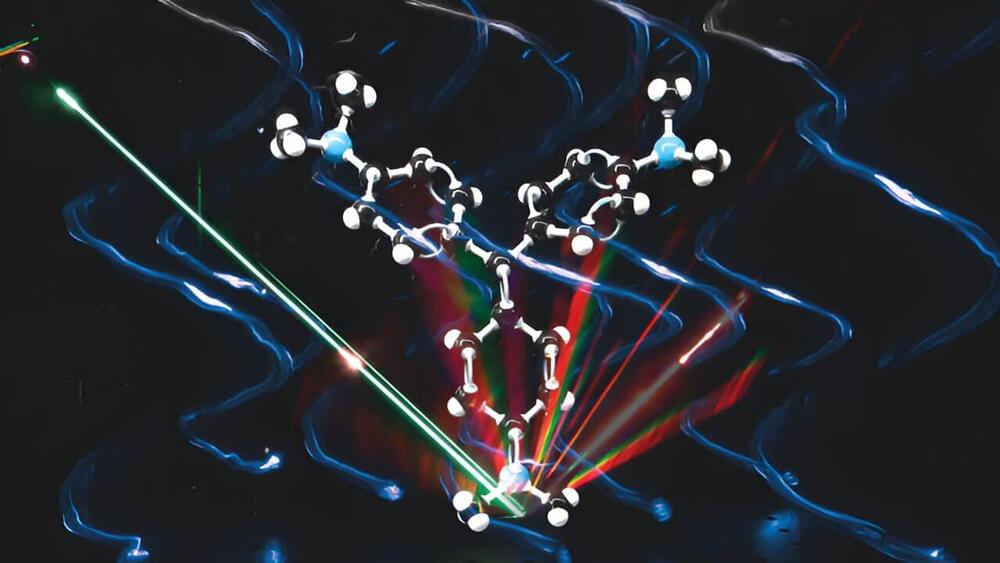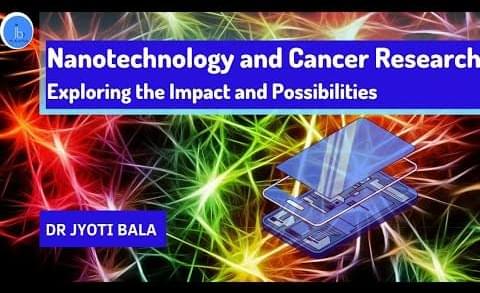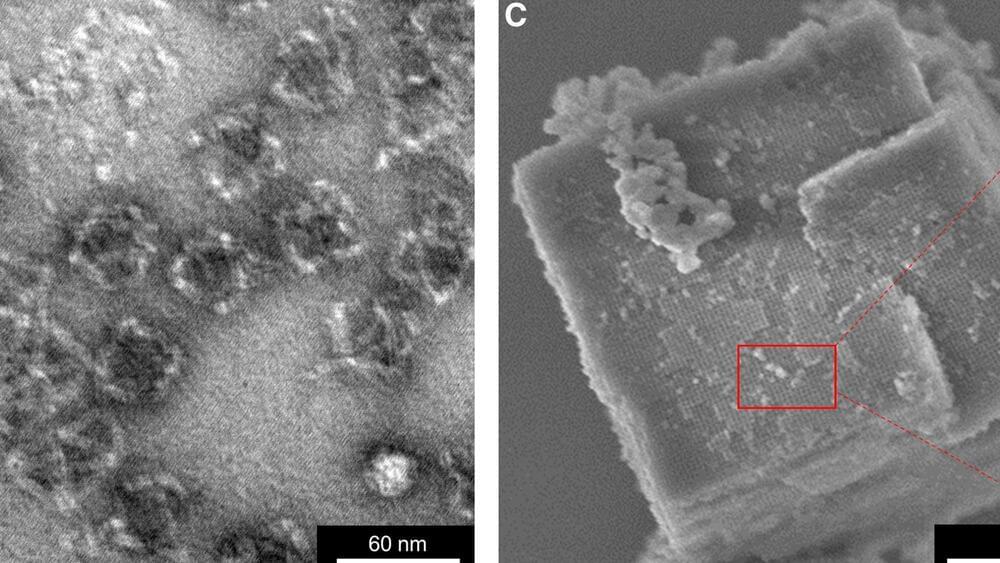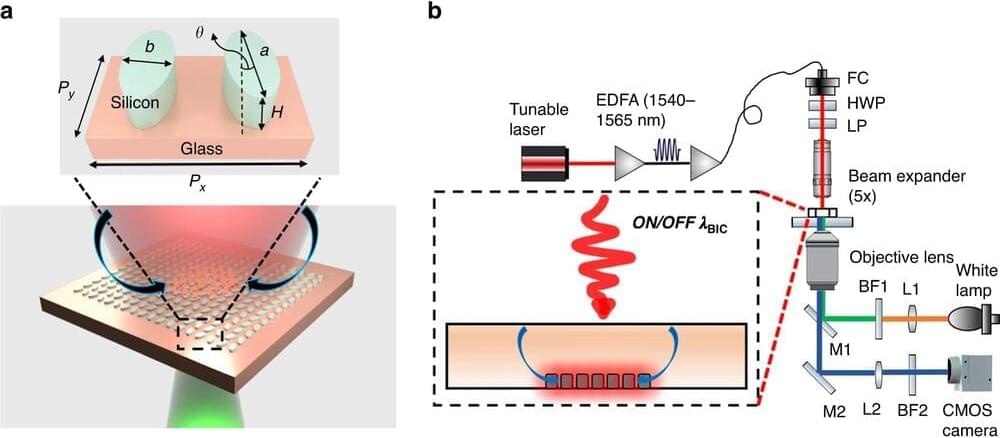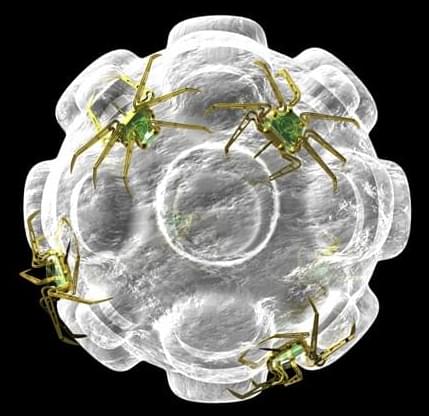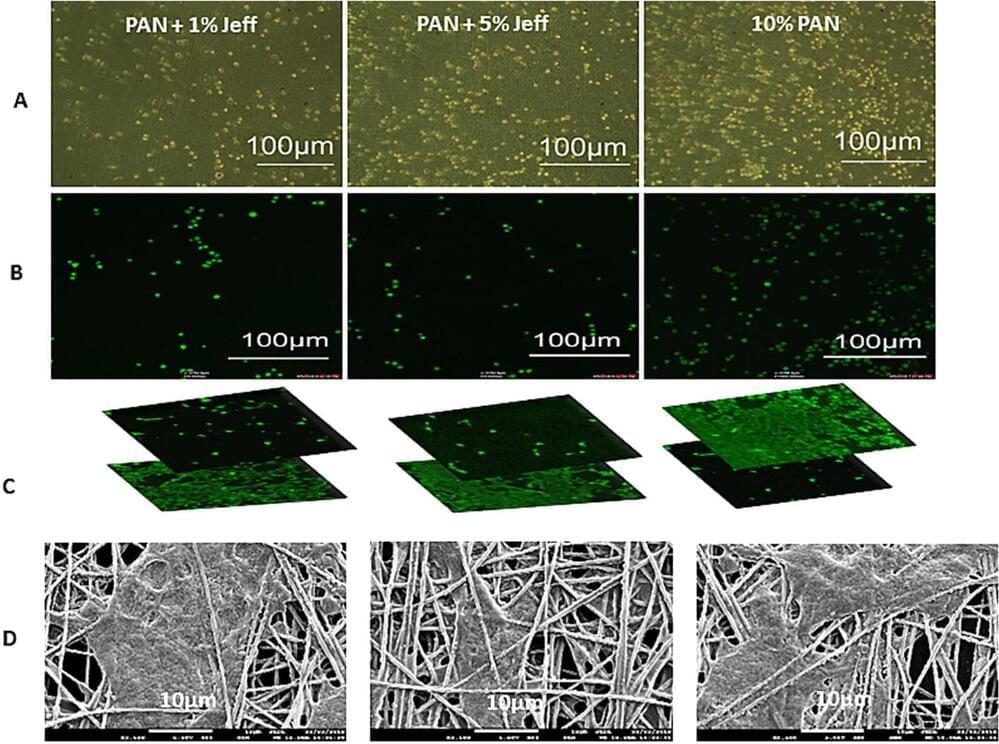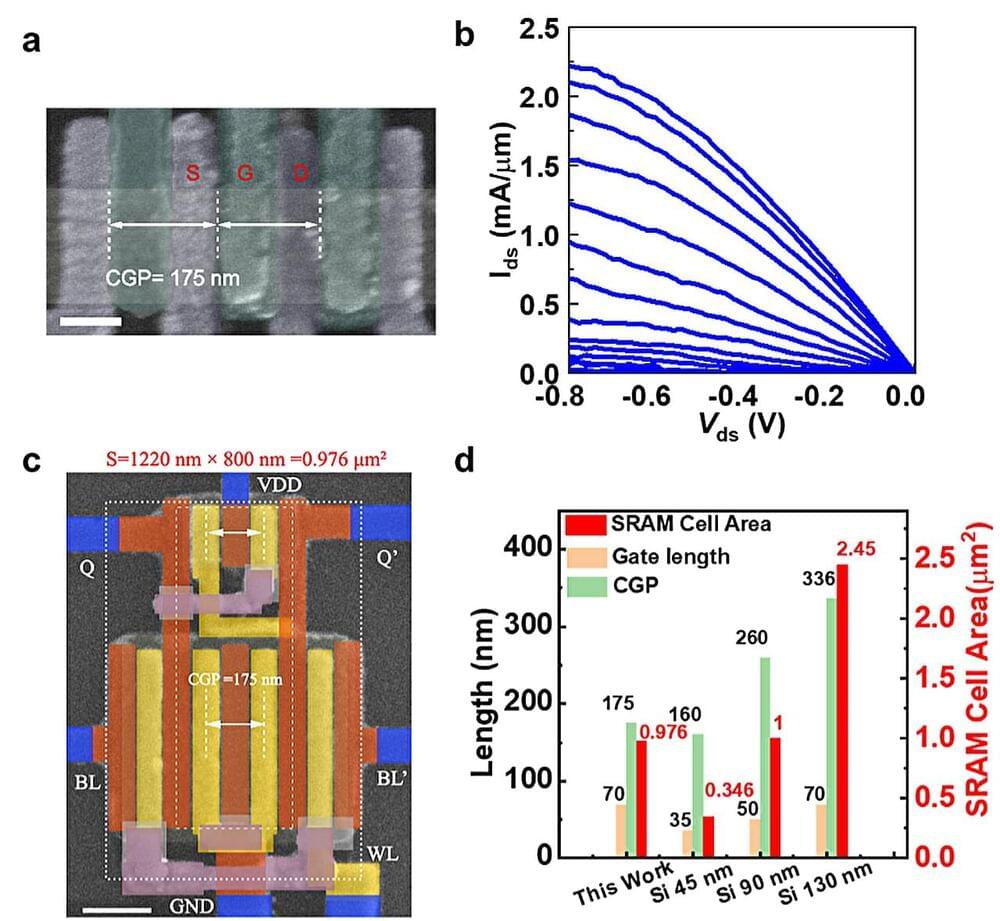Aug 1, 2023
New nanotech identifies chemical composition and structure of impurities in air, liquid and living tissue
Posted by Genevieve Klien in categories: biotech/medical, chemistry, nanotechnology
Using conventional testing techniques, it can be challenging—sometimes impossible—to detect harmful contaminants such as nano-plastics, air pollutants and microbes in living organisms and natural materials. These contaminants are sometimes found in such tiny quantities that tests are unable to reliably pick them up.
This may soon change, however. Emerging nanotechnology (based on a “twisted” state of light) promises to make it easier to identify the chemical composition of impurities and their geometrical shape in samples of air, liquid and live tissue.
An international team of scientists led by physicists at the University of Bath is contributing toward this technology, which may pave the way to new environmental monitoring methods and advanced medicines. Their work is published in the journal Advanced Materials.
